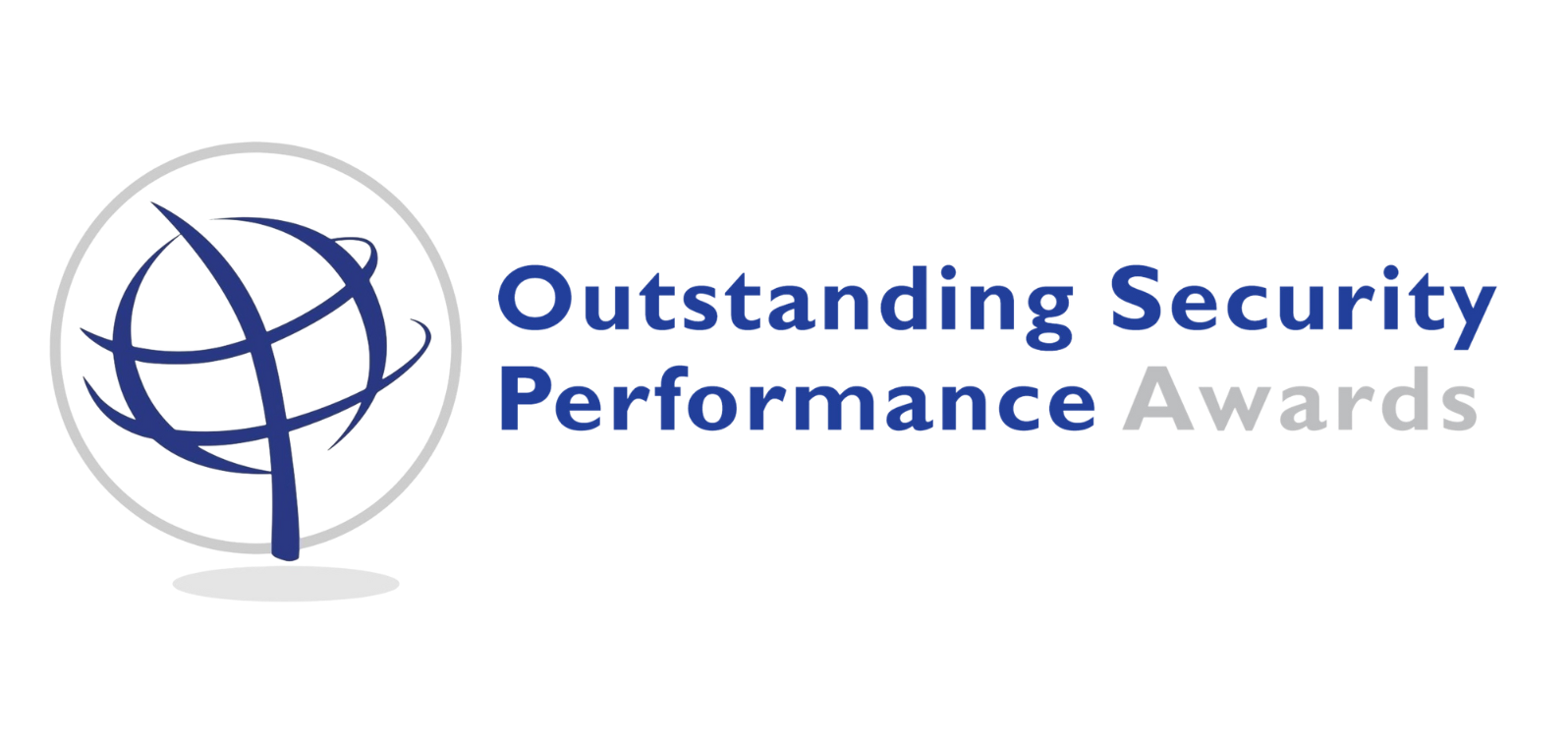
Chair: Martin Gill
Panellists:
Shayne Bates – Principal Consultant at Stratum Knowledge
Kathy Lavinder – Founder & Executive Director at Security & Investigative Placement Consultants
Arlin Pedrick – Managing Director and Chief Security Officer at Accenture
Key points:
Kathy Lavinder emphasis that work wont be the same again – even if or when people do go back to the office – things will be different. Moreover, different types of working arrangements will be common. This generates opportunities, that people can work from home means employers do not need to recruit locally, employees don’t have to move; the talent pool becomes wider. That said what type of working arrangement will be permitted needs thinking about, it will depend on the requirements of the job, and what people want: generally the young are keener to go back to a workplace, while parents see merits in working from home more often. Kathy reminds us this has been a learning process for all; it can now be seen cramming people into a workplace is not an unqualified good. Moreover, you will hear her discussing the benefits including for women. That said, the traditional problems have not only not gone away, they have taken different forms. You will hear Kathy discuss the verbal harassment of women on line, women feeling unattended to, being muted in Zoom for example.
Shayne Bates identifies the different ideas on the merits of having everyone back at work; some see it as essential, and that working from home is akin to sleeping at work. He describes a technology that alerts when people come into close contact with each other and there is an interesting discussion as to whether this is good practice or big brother, and issues such as company policies, corporate culture and teamworking are included. Certainly practices will change, whether someone is feeling unwell is no longer a personal issue, if someone is infected with Covid-19 the places that were visited where the person could have caught it become important and this generates all sorts of considerations. That said, there are opportunities, for example there will be money to spend on technologies and security professionals have the potential to contribute in how people can be kept safer; on line videos have been a learning point in team building which can be built upon; technologies have a role to play and they need to be harnessed for good security.
Arlin Pedrick notes that within her company working practices vary. There are those that need to be in an office; those who can adopt hybrid arrangements; and they have consultants who work in clients’ offices. There are serious considerations here, what about the family members who need to escape abusers, those who have mental health issues? How can these be supported? Arlin cites an example where a colleague on a video call had a seizure and they didn’t know where the person was, clearly it restricted what they could do to help. What is the duty of care in these circumstances for employers? Technology plays a role and big brother concerns are real, but technology needs to fit circumstance. So determining where people are and have been is less important when they are fixed to the same desk all day but more so perhaps in a busy warehouse. Similar, the insider threat risks are changing and there is no short cut here for security personnel than understanding people’s jobs and the way people work as a route to interpreting risks. Certainly the potential risks have increased and technologies may help, but they need to be purchased and deployed appropriately.
Companies need to understand the implications of the different possible working arrangements, and nuances of them, and not least security personnel. Different roles, in different locales, working with different technologies, and people with different skills combine to create a mix of risks. There are opportunities here, big ones potentially, but it requires a good understanding of how a business works and how security can help and improve operations. For some time now we have been learning that security professional have become more business savvy, on the evidence of this webinar that becomes not just a nice to have but an essential element of good security practice.
Martin Gill
8th April 2021

